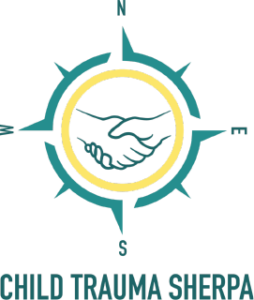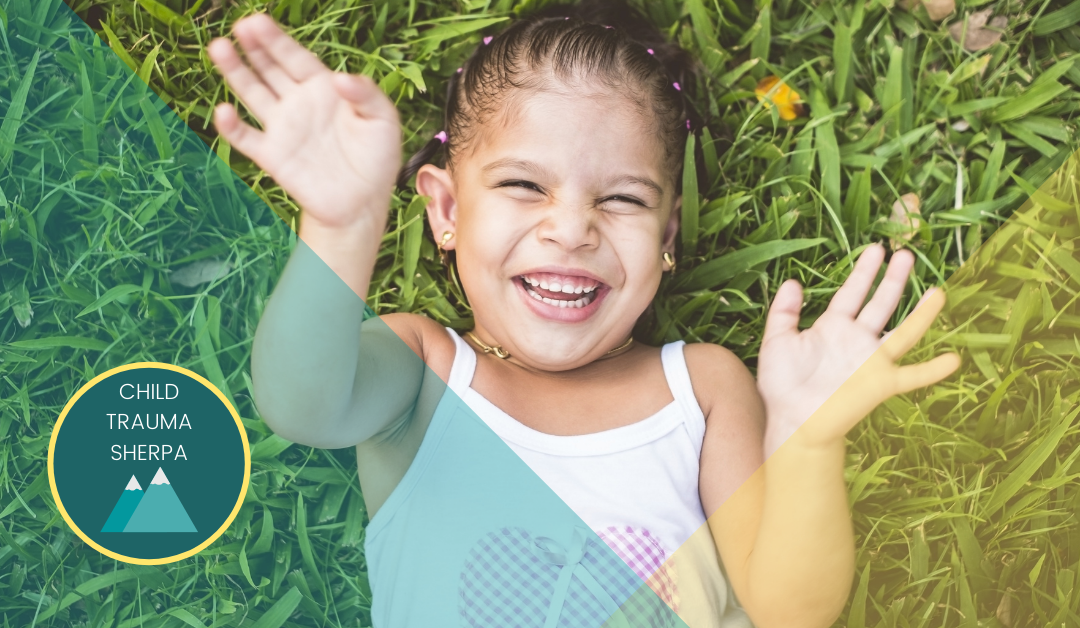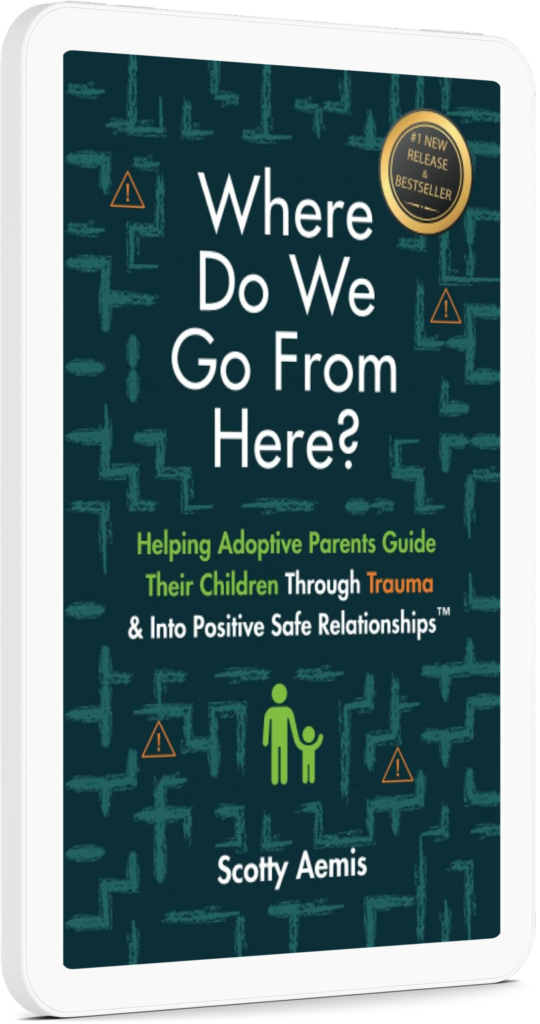Different Types of Therapies for Healing from Childhood Trauma
Being repeatedly exposed to adverse childhood events, or ACEs, can affect our physical and emotional health as well as change our behaviors. It is often a poorly diagnosed condition despite it being widespread for kids who have experienced neglect, abandonment and abuse.
If you have an adopted child with trauma that lashes out, is aggressive, depressed, anxious, has difficulty concentrating, has been diagnosed with learning disorders or a multitude of other issues, you are not alone.
While some people view the effects of childhood trauma as just bad behavior, it is in fact a real brain injury that negatively impacts how the brain functions, including how a person reacts to stressors as well as their mental and emotional health.
You may have been given advice to provide more discipline, consequences, more medications or even force your child into social situations they are not prepared for. Sadly, these traditional responses to behavior and health issues associated with trauma only serve to re-traumatize your child, rather than helping them heal. But there is hope! However, you must be willing to be open to changing your parenting style and the therapies you try to help your child heal.
Effects of Childhood Trauma
Before we get into the different types of therapies available to help children with trauma heal, it’s first important to understand the effects of childhood trauma.
Childhood trauma affects each individual differently. The “symptoms” can also manifest differently during different stages of life. However, there are some common signs and symptoms that your child with trauma may be experiencing.
Preschool and Elementary Age Children
- Separation anxiety
- Anxiety or fear
- Nightmares or difficulty sleeping
- Crying or acting out
- Decrease in appetite
- Moodiness
- Increased aggression and anger
Teens
- All of the above plus,
- Irritability
- Withdrawal from social activities or lack of friends (alienation)
- Academic issues
- Self-blame for the event (guilt and shame)
- Depression
- Difficulty concentrating
- Eating disorders
- Self-harm behaviors
- Risky behaviors such as drug or alcohol use or sexual activity
Therapy Treatments for Childhood Trauma
Childhood trauma can have immediate and future effects. The good news is that treatment through therapy can help your child heal by identifying triggers, developing coping strategies, decreasing the symptoms and more.
Remember, each child deals with trauma differently; what works for one child with trauma may not work for the next. Working with a trauma-informed clinician can help you and your child find the right form of therapy. Once you find something that begins to show positive results, it’s important to stick with that therapy.
The following are some forms of therapy that you and your child with trauma might find beneficial.
Cognitive Behavioral Therapy (CBT)
Childhood trauma can lead to kids developing negative behavior or emotional responses in order to cope with their trauma. This form of evidence-based therapy helps children unlearn these negative responses and helps them learn healthier ways to deal with their trauma.
Cognitive Processing Therapy (CPT)
This is a subtype of cognitive behavioral therapy (CBT), and is often used to treat PTSD (something children with trauma may develop). This therapy involves education regarding PTSD thoughts and emotions, and then learning skills to identify and address unhelpful thinking related to traumatic events.
Trauma-Focused Cognitive Behavioral Therapy (TF-CBT)
Also a subtype of CBT, this evidenced-based model incorporates trauma-sensitive interventions with cognitive behavioral techniques and humanistic principles. It relies on the participation of trusted parents and caregivers in the treatment process.
Eye Movement Desensitization and Reprocessing (EMDR)
EMDR uses repetitive eye movements to re-pattern memories from a trauma. It has eight phases including history, preparation, assessment, treatment and evaluation. Research has shown that EMDR is a statistically validated treatment to address unprocessed memories related to ACEs.
Narrative Exposure Therapy (NET)
This therapy is an alternative to TF-CBT and is a short-term individual intervention that focuses on embedding trauma exposure into an autobiographical context known as a timeline. This can be very helpful in treating people with multiple traumatic events.
Prolonged Exposure Therapy (PE)
Another subtype of CBT, this type of therapy often takes place over three months. During the sessions, the therapist helps individuals confront trauma-related memories, fears, feelings and situations, and requires a stable therapeutic relationship before treatment begins. This treatment is also specialized depending on the age of the patient.
Play Therapy
This type of therapy uses the therapeutic power of play to help children work through trauma. The target age group for this type of therapy is children ages 3 to 12. During a session, the therapist can observe a child through play and use age-appropriate behavior to address trauma and develop coping strategies.
Art Therapy
This therapy uses the power of creative expression to address and heal the effects of trauma. It provides an outlet without words and can help improve cognition, foster self-esteem and self-awareness, reduce conflicts and stress, and cultivate emotional resilience.


